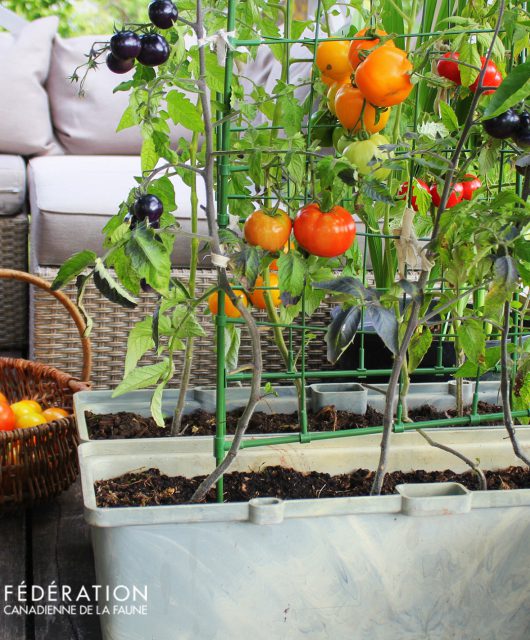Winter driving is challenging in many parts of Canada. Snow and freezing rain can make for slippery roads and treacherous driving. Road salt has long been used to melt ice and keep roads bare to make driving safer. In Canada we typically use more than two million metric tonnes of road salt each year. That much salt also affects our waterways and our wildlife.
Large mammals such as Moose can be attracted to roads to help satisfy their salt requirements. Moose have even been seen licking the salt off cars. While the Moose get the salt they want, they are at risk of being hit by cars and trucks. In addition, Moose are often active at night, so a driver coming around a curve in the dark, may not see a Moose until it is too late. And such collisions are often lethal for the driver and the Moose. Many birds are also attracted to roads because of the salt and are accidentally hit by cars.
Road salt can also have direct affects on wildlife. After being spread on the road, salt quickly dissolves and is transported into waterbodies through runoff. This can lead to increasing salt concentrations in ponds, particularly in spring from melting snow. Studies have found reduced hatching success of the eggs of some salamanders and frogs in roadside ponds.
Increased salt concentrations in streams can also lead to reduced growth in fish. One study found that newly hatched Rainbow Trout raised in salt water weighed 25 per cent less than individuals raised in fresh water. Such reduced growth could have long term effects on fish populations.
There is also evidence that salt concentrations in waterbodies near roads are increasing over time. A recent study looked at the salt concentration in hundreds of lakes across eastern North America over time. Almost all lakes close to a major road showed an increase in salt concentrations over time. Most lakes still have low salt concentrations, but if this trend continues it could harm many aquatic species.
The government of Canada has been trying to reduce the use of road salt, through a voluntary code of best practices to get municipalities to cut down. About three-quarters of all municipalities have adopted the code and are reducing the amount of salt they use each year.
All of us can play a part in reducing our salt addiction. Salt spread on sidewalks and driveways also ends up going down storm water drains and eventually into lakes and rivers. Considering the number of driveways in Canada, this can add up to a lot of salt. The amount of salt used can be reduced by carefully applying it to just key areas, rather than spreading it over the entire driveway. Alternatives to salt also exist. Try spreading sand or ashes from a fireplace or wood stove. Both sand and ash improve traction while walking over icy surfaces.




2 comments
Thank you for the info. I live in Australia but love all wildlife. Save the moose.